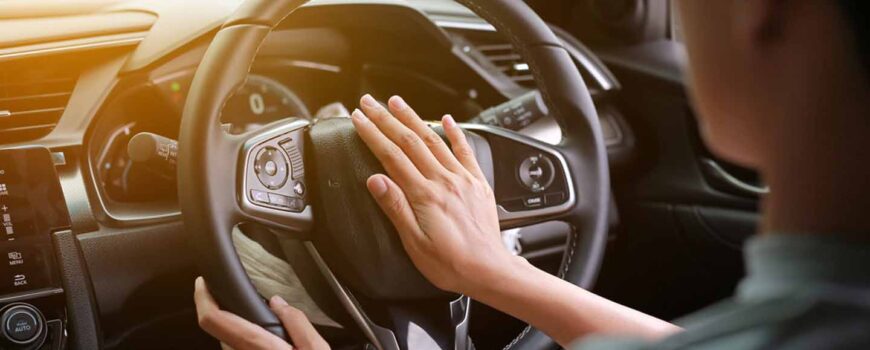The car horn is integral to driving in a country like India. It’s a language of its own, used extensively in various situations. However, this frequent use sometimes leads to excessive noise and misunderstandings. Understanding the proper use of car horns can help create a more pleasant driving experience for everyone. Car horn etiquette is more than just pressing a button; it’s about knowing when and how to use it politely. You need to ensure you are a responsible driver, and therefore, you must understand the essentials of car horn usage.
What is the Real Purpose of Your Car Horn
Your car horn is a crucial tool for communication on the road. It’s designed to alert other drivers, pedestrians, and cyclists of your presence or intentions. However, it’s essential to use it appropriately to avoid confusion or annoyance. Misusing your car horn can lead to unnecessary stress and even road rage.
When To Use Your Car Horn
1. Alerting Other Drivers of Danger
Use your car horn to alert other drivers of potential danger. For instance, a quick honk can prevent an accident if a car is veering into your lane.
2. Signaling Your Presence at Intersections
If you’re approaching an intersection and notice a car that might not see you, a gentle tap on the horn can alert the driver to your presence.
3. Warning Pedestrians
Use your car horn to warn pedestrians who might be stepping into the street without looking. This helps ensure their safety and prevents accidents.
How To Use Your Car Horn Politely
1. Short, Light Honks
A short, light honk is usually sufficient to get someone’s attention. Avoid long, blaring honks that can startle or annoy others. A series of short honks is more effective and polite than a long blast. It communicates your message without causing excessive noise.
2. Avoid Using the Horn in Traffic Jams
Using your car horn in traffic jams does not help and only adds to the noise pollution. Instead, be patient and wait for the traffic to clear.
3. Be Considerate of Time and Place
Avoid using your horn in residential areas late at night or early in the morning. Be mindful of places where excessive noise can be a disturbance, such as near hospitals or schools.
4. Using Light and Indicators
Combine the use of your car horn with headlights and indicators. Flashing your headlights can reinforce your horn’s signal, especially at night or in low-visibility conditions.
5. Respecting Silent Zones
Be mindful of silent zones such as hospital areas, schools, and residential neighborhoods. These areas often have signs requesting minimal horn use to reduce noise pollution.
Car Horn Etiquette in Different Situations
1. At Traffic Lights
If the light turns green and the car in front of you doesn’t move, gently tap the horn after a reasonable pause. This is a polite way to alert the driver without being aggressive.
2. Merging Lanes
A quick honk can signal your presence to the other driver when merging lanes, ensuring a smooth and safe transition.
3. Blind Spots
Use your car horn to alert drivers in your blind spot when changing lanes. This helps prevent collisions and keeps everyone safe.
Misuses of The Car Horn
1. Expressing Frustration
Never use your car horn to express anger or frustration. It doesn’t solve the problem and only escalates tension on the road.
2. Greeting Friends
Avoid using your car horn to greet friends or acquaintances. Using other means, like waving or calling them later, is best.
3. Encouraging Speed
Refrain from honking at drivers to make them speed up. Everyone has their own pace, and pressuring them can lead to dangerous situations.
The Impact of Overusing Car Horns
1. Noise Pollution
Excessive honking contributes significantly to noise pollution in cities. This not only affects the quality of life but also leads to health issues like stress and hearing problems.
2. Reduced Effectiveness
When car horns are used too frequently, they lose their effectiveness. Drivers and pedestrians may start to ignore them, leading to dangerous situations.
3. Driver Stress
Constant honking can increase stress levels for the honker and those around them. It creates an aggressive driving environment, leading to road rage and accidents.
To Sum Up
Using your car horn politely is essential for creating a safer and more pleasant driving environment. In India, where car horns are used excessively, following proper car horn etiquette can significantly reduce noise pollution and improve road safety.
There are ways to encourage polite and considerate use of car horns through public awareness campaigns and driver training programs. By incorporating advanced car horn solutions, drivers can ensure effective communication on the road while maintaining a courteous and respectful driving style. Drive safely and horn responsibly!

